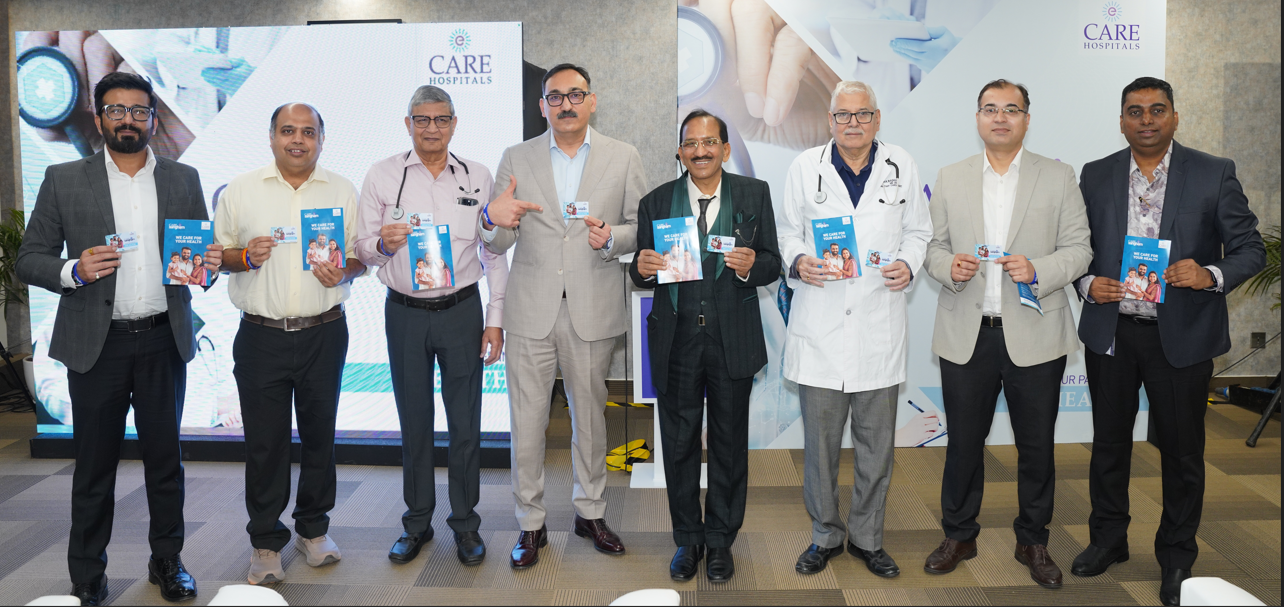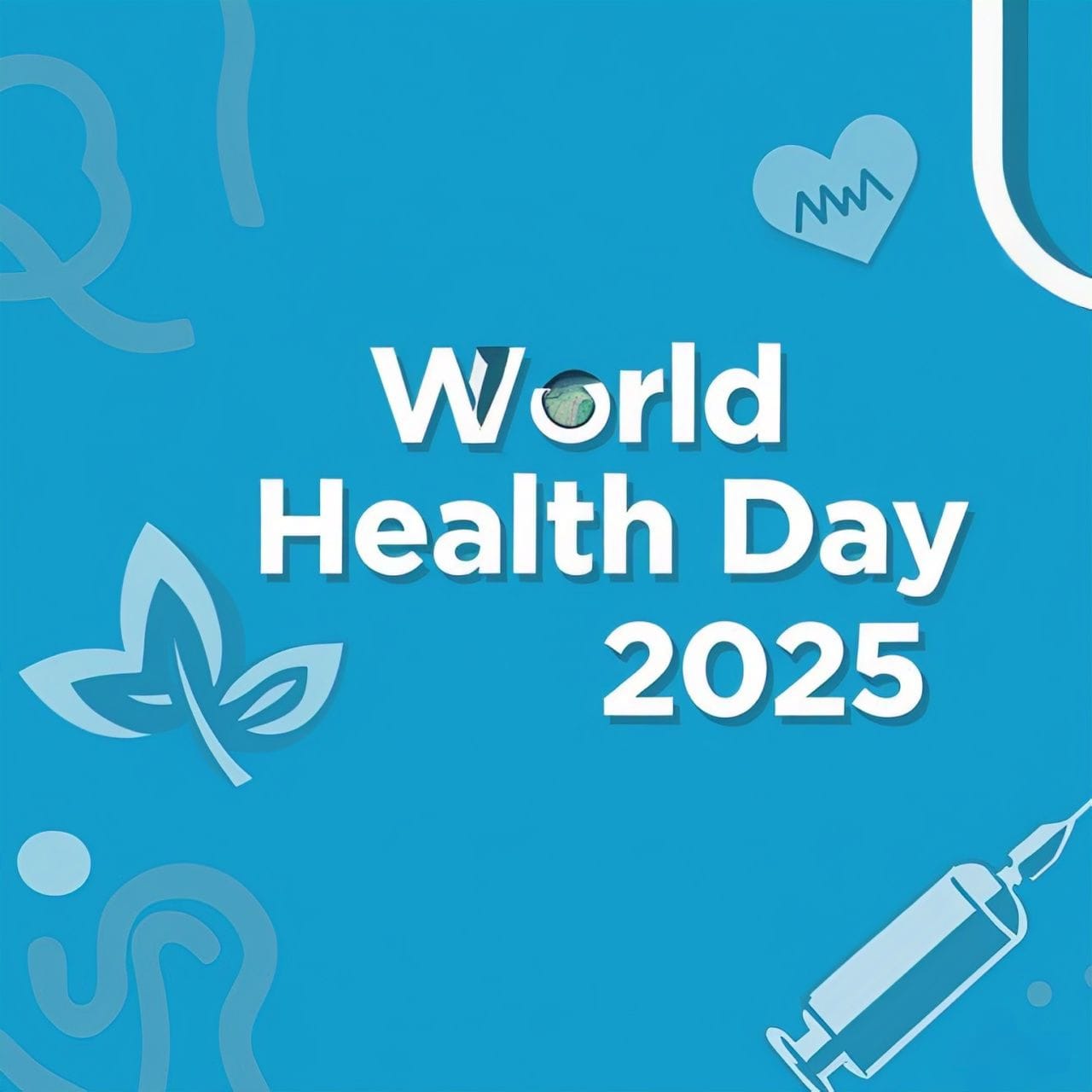A village named Badhaal in Rajouri district, Jammu and Kashmir, has been shaken by a mysterious illness that has claimed the lives of at least 13 people, including two children. Since December 2024, this puzzling health crisis has left the community in anguish, with the cause of the disease still shrouded in uncertainty.
Despite advanced healthcare efforts, the illness has confined its impact to three families in the village. Let’s explore the ongoing investigation, the symptoms witnessed, and the measures taken to control the outbreak while raising questions about the vulnerabilities of rural healthcare systems.
Badhaal, a quiet village under the Kotranka sub-division, is home to about 5,700 residents. The crisis began in December 2024, when five members of a single family died within days of each other. This was followed by more deaths, including three children, as the illness spread.
The first death recorded in 2025 was an elderly man, Mohammad Yousuf, who showed symptoms of the illness before succumbing on January 6. Shortly after, two children from the same family passed away, heightening fears in the community.
The afflicted individuals have exhibited a range of troubling symptoms, including:
• Persistent fever
• Intense vomiting
• Profuse sweating
• Severe dehydration
• Episodic loss of consciousness
These symptoms have not only caused immense physical suffering but have also instilled panic in the residents, who fear the disease may spiral out of control.
In response to the outbreak, the Health Department has ramped up its efforts to identify the cause of the illness and curb its spread. Over 12,000 tests have been conducted in the village, targeting every possible lead.
According to Rajouri’s Chief Medical Officer, Dr. Manohar Lal, surveillance teams have been deployed for aggressive contact tracing. They are meticulously examining potential health risks and monitoring all individuals who may have come into contact with infected patients.
The government has roped In experts from premier institutions, including:
• National Institute of Virology, Pune
• Postgraduate Institute of Medical Education and Research (PGI), Chandigarh
• All India Institute of Medical Sciences (AIIMS), Delhi
• National Centre for Disease Control (NCDC)
These teams have been conducting detailed investigations in the affected region, leaving no stone unturned in their quest to identify the root cause.
Initial investigations suggest the possibility of a viral infection behind the deaths. However, definitive conclusions remain elusive, as experts await further test results. Dr. Ashutosh Gupta, principal of the Government Medical College (GMC) in Rajouri, stated last month that more studies were necessary to confirm the findings.
The ambiguity surrounding the illness has sparked concerns among villagers and healthcare professionals alike, highlighting the need for rapid diagnostic solutions in rural areas.
The impact of the outbreak is not limited to physical health; it has taken a toll on the mental well-being of the villagers. Fear and uncertainty dominate their lives as they grapple with unanswered questions:
• What is causing the illness?
• Why are only certain families affected?
• Could it spread to the rest of the village?
Such questions weigh heavily on the minds of residents, many of whom are reluctant to leave their homes or send children to school.
The local administration and health authorities are leaving no stone unturned to reassure the community. Alongside testing and treatment efforts, awareness campaigns have been launched to educate villagers about preventive measures.
Steps being taken include:
1. Setting up medical camps for routine check-ups and treatment.
2. Providing clean drinking water to prevent dehydration.
3. Distributing hygiene kits to promote cleanliness and reduce infection risks.
4. Engaging with community leaders to spread accurate information and counter misinformation.
The tragedy unfolding in Badhaal highlights the vulnerabilities of rural healthcare systems in India. Despite advancements in medical science, many remote areas lack access to:
• Advanced diagnostic tools
• Trained medical personnel
• Rapid-response facilities for outbreaks
Such gaps can have devastating consequences, as seen in this village.
To address challenges like this, there is an urgent need for innovative solutions. Mobile health units, telemedicine platforms, and AI-driven diagnostic tools can play a critical role in bridging the rural-urban healthcare divide.
These technologies could enable faster detection and response during outbreaks, potentially saving countless lives.
While the government continues its investigations, residents must take preventive measures:
Maintain Hygiene: Wash hands regularly and sanitize frequently touched surfaces.
Avoid Contaminated Water: Use clean, boiled water for drinking and cooking.
Report Symptoms Early: Seek immediate medical attention for fever, vomiting, or dehydration.
Follow Medical Advice: Cooperate with health officials and adhere to prescribed treatments.
The mysterious illness in Badhaal serves as a stark reminder of the importance of preparedness in public health. Outbreaks can strike unexpectedly, and their impact can be devastating if not managed effectively.
For policymakers, this crisis highlights the need to:
Strengthen rural healthcare infrastructure.
Invest in public health research and surveillance systems.
Foster collaboration between national and international health agencies.
For the community, it’s a call to remain vigilant and proactive in safeguarding their health.
The people of Badhaal may be living in fear, but they are not alone in this battle. With the combined efforts of healthcare professionals, government authorities, and scientific experts, the mystery behind the illness will eventually be solved.
This tragedy reminds us that health is a collective responsibility. By prioritizing rural healthcare and fostering resilience, we can ensure that no village In India faces such a crisis again

 The tragedy unfolding in Badhaal highlights the vulnerabilities of rural healthcare systems in India.
The tragedy unfolding in Badhaal highlights the vulnerabilities of rural healthcare systems in India.










.jpeg)

.jpg)


.jpeg)
.jpeg)


.jpeg)
.jpg)





.jpeg)


